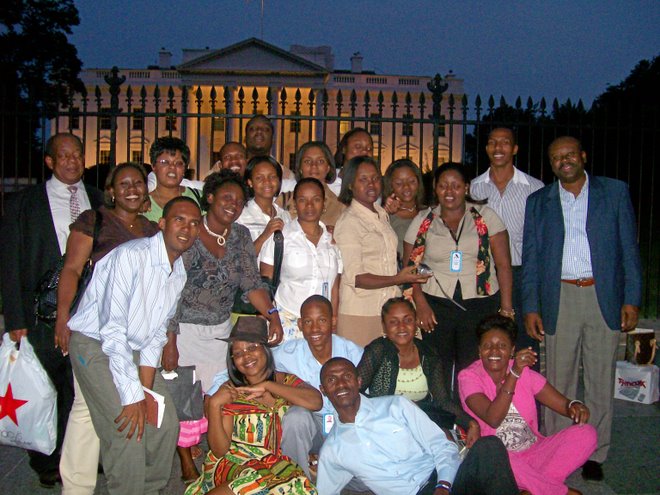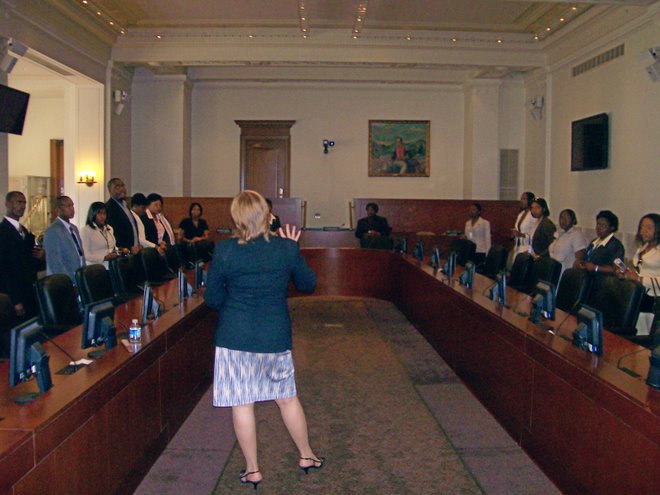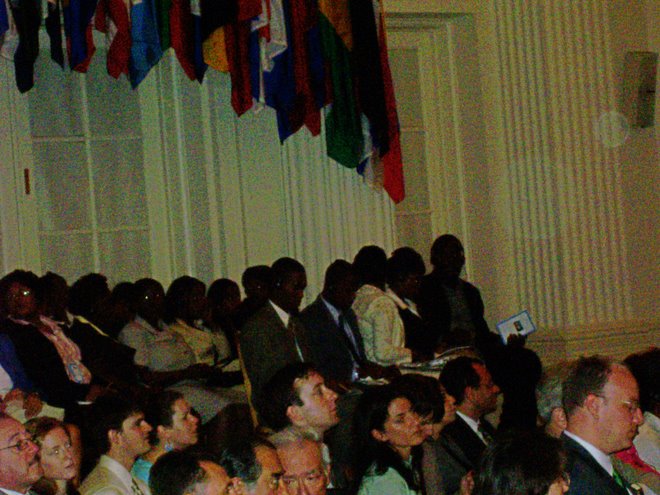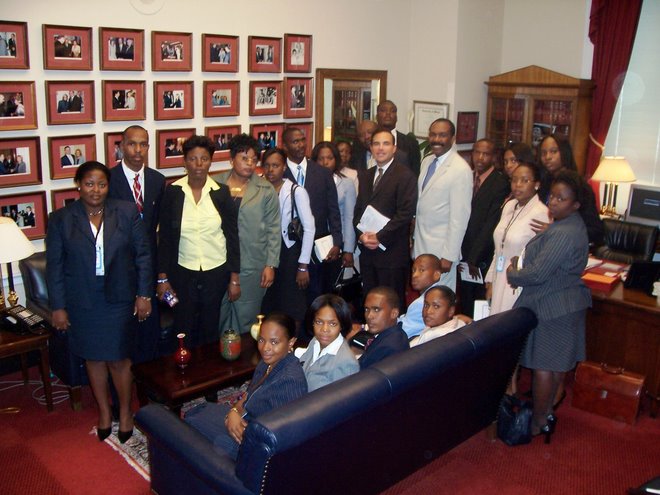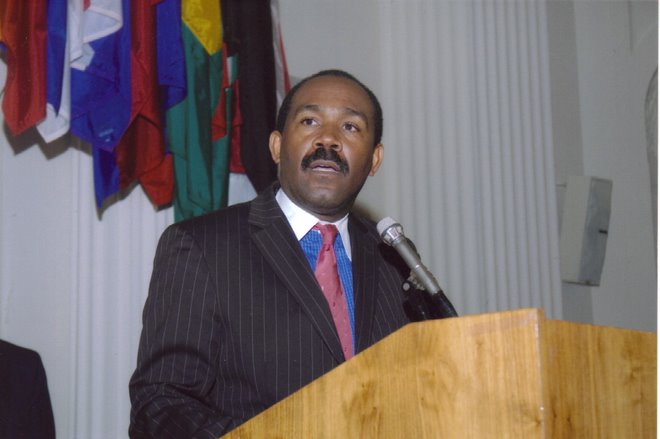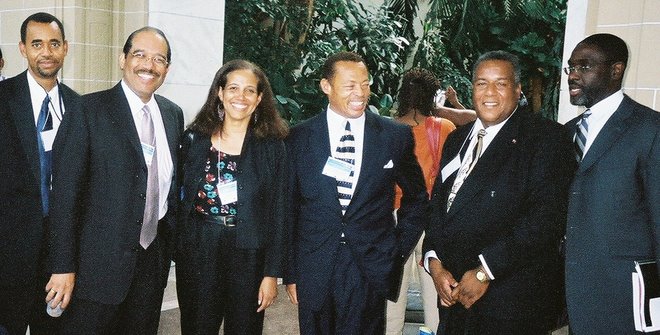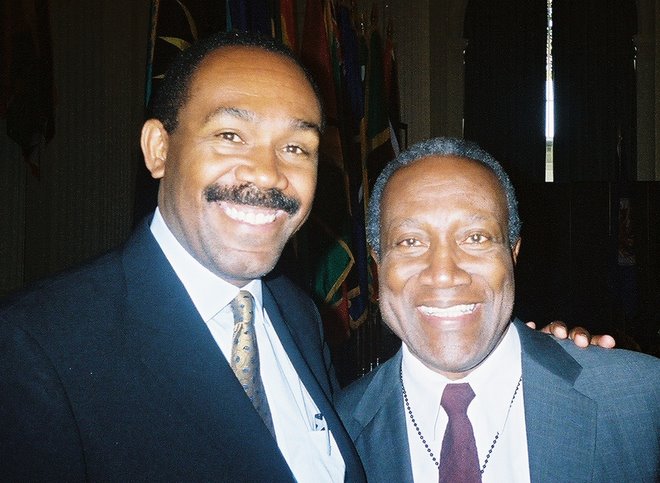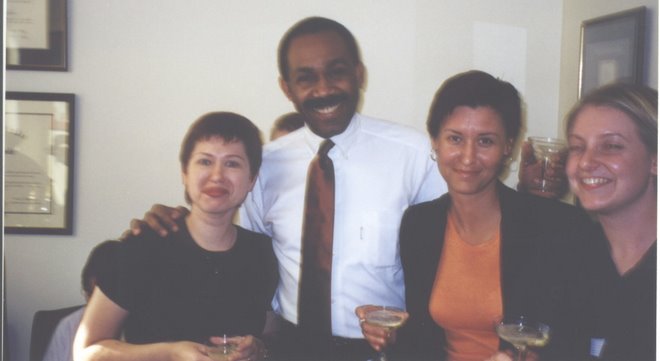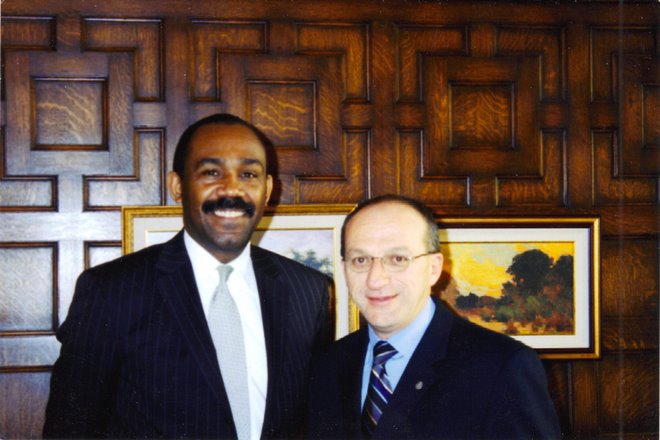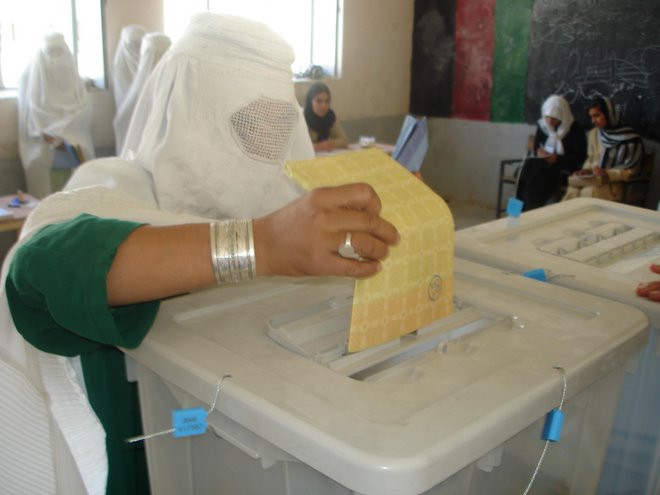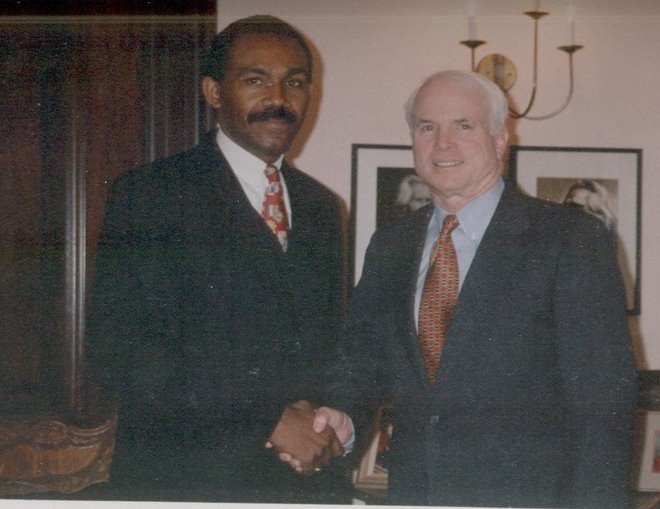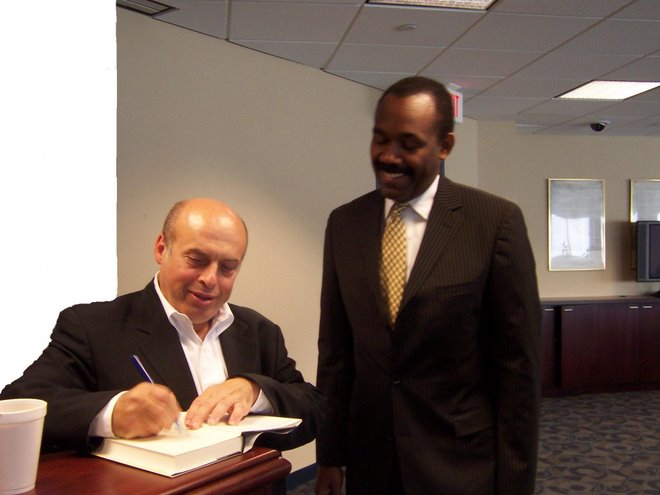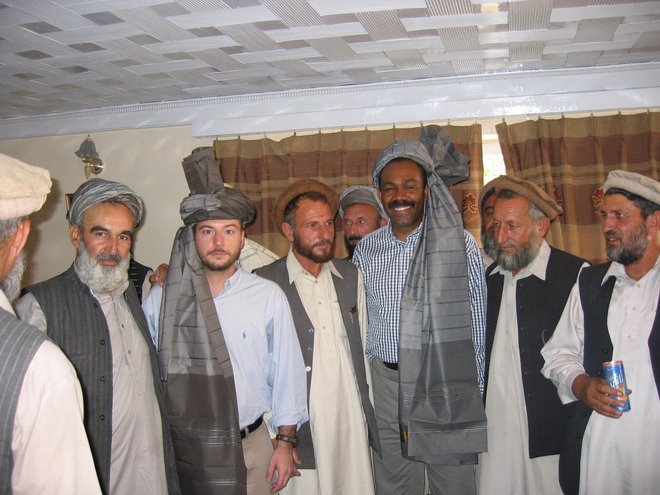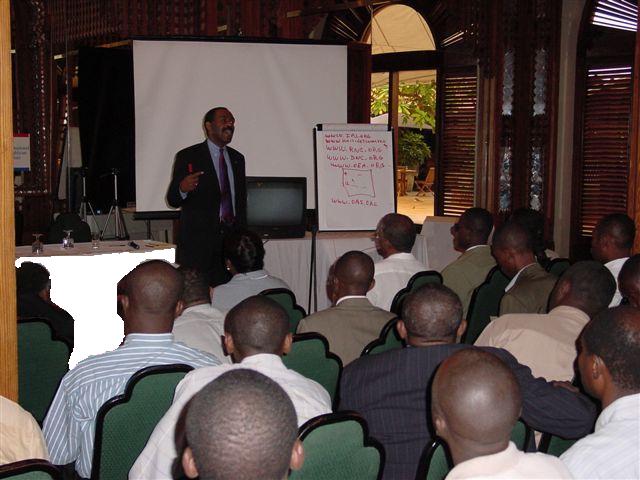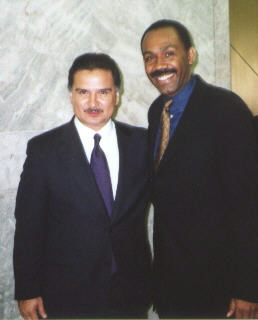Pa bliye ke manman lajan rekonstriksyon an pa pase nan men Ayisien. Akoz lwa ijans lan ak CIRH ke des iresponsab leta te pibliye se etranje yo ki te ranmasse, kontwole ak depanse manman lajan rekonstriksyon lan. E se yo tou ki depanse kob sa yo. Pinga yo vin di ke ayisien kowompi. Si gen eksplikasyon ki pou bay sou ki kote lajan yo pase, se yo ki pou bay li paske se nan men yo ke lajan nou ye. 12 Janvye 2013 dwe reprezante yon jou tet ansamb pou nou mande kote lajan yo voye pou pep Ayisien lan pase? Men kek chif ke nou dwe konnen:
Kombyen Ayisien ki mouri le 12 Janvye 2010: 320.000
Kombyen Ayisien ki te deplase apre 12 Janvye 2010: $3 Millions
Kombyen fanmi ki te pedi kay: 420.000
Kombyen Ayisien ki tap viv amba tant apre 12 Janvye 2010: $1.4 Million
Kombyen kob ke Ayiti pedi 12 Janvye 2010: $12 Milliards
kombyen Ayisien ke kolera MINUSTAH touye depi Octobre 2010: 8500
Kombyen Ayisien ke kolera MINUSTAH kontamine: 700.000
Kombyen jou ki pase san ke MINUSTAH pa prezante Ekskiz bay Pep Ayisien pou kolera de li lage nan peyi a: 816
Kombyen kob, lajan ke Ayiti bezwen pou netwaye kolera MINUSTAH: $2.2 Milliards
Kombyen kob ke yo bay Ayiti onivo miltilateral: $7.5 Milliards
Kombyen kob ke gouvenman Meriken remet ONG ak kompayi prive meriken pou Ayiti: $1.7 Milliard
Kombyen kob milite Meriken depanse pou distribye medikaman, manje dlo, bato lopital elatrye apre 12 Janvye 2010: $1.2 Milliard
Kombyen kob ke gouvenman Meriken depanse pou ede konstwui Pak endistryel Nodes: $124 Millions
Kombyen kob chak ONG ak Kontrakteu Meriken recevwa pou Ayiti de gouvenman Meriken: Depatman Deta pa vle bay enfomasyon sa yo
Kombyen kob sitwayen Meriken remet 80 ONG meriken pou Ayiti: $1.6 Milliards
Kombyen Ayisien ki recevwa TPS nan men gouvenman Meriken apre 12 Janvye: 60.000
Kobyen nan 110.000 Ayisien ke fanmi yo Ozetazini aplike pou rezidans e ki apwouve par Homeland Security ke gouvenman Meriken kite rantre: 0
Kombyen Kob gouvenman Kanada remet ONG Kanada pou Ayiti: $1 Milliard
Kombyen Lajan Lakwa Wouj Washington ranmasse pou Ayiti: $486 Millions
Kombyen kob ke gouvenman Ayisien recevwa kom sipo bidjete an 2011: $68 Millions
Kombyen kob ke gouvenman Ayiti jwen sou chak $100 dola ke etranje yo depanse: 10 centimes
Kombyen kob sa koute pou konstwui kay pou 100 employes ambasad Meriken Ayiti: $100 Millions
Kombyen kob sa koute gouvenman Matelly a pou retire 1.1 Million Ayisien Amba tant: $98 Millions
Kombyen kob sa koute pou konstwui kay pou 750 travaye nan Karacol: $20 Millions
Kombyen Ayisien kap viv amba tant toujou: 360.000
Kombyen Ayisien ki mouri le 12 Janvye 2010: 320.000
Kombyen Ayisien ki te deplase apre 12 Janvye 2010: $3 Millions
Kombyen fanmi ki te pedi kay: 420.000
Kombyen Ayisien ki tap viv amba tant apre 12 Janvye 2010: $1.4 Million
Kombyen kob ke Ayiti pedi 12 Janvye 2010: $12 Milliards
kombyen Ayisien ke kolera MINUSTAH touye depi Octobre 2010: 8500
Kombyen Ayisien ke kolera MINUSTAH kontamine: 700.000
Kombyen jou ki pase san ke MINUSTAH pa prezante Ekskiz bay Pep Ayisien pou kolera de li lage nan peyi a: 816
Kombyen kob, lajan ke Ayiti bezwen pou netwaye kolera MINUSTAH: $2.2 Milliards
Kombyen kob ke yo bay Ayiti onivo miltilateral: $7.5 Milliards
Kombyen kob ke gouvenman Meriken remet ONG ak kompayi prive meriken pou Ayiti: $1.7 Milliard
Kombyen kob milite Meriken depanse pou distribye medikaman, manje dlo, bato lopital elatrye apre 12 Janvye 2010: $1.2 Milliard
Kombyen kob ke gouvenman Meriken depanse pou ede konstwui Pak endistryel Nodes: $124 Millions
Kombyen kob chak ONG ak Kontrakteu Meriken recevwa pou Ayiti de gouvenman Meriken: Depatman Deta pa vle bay enfomasyon sa yo
Kombyen kob sitwayen Meriken remet 80 ONG meriken pou Ayiti: $1.6 Milliards
Kombyen Ayisien ki recevwa TPS nan men gouvenman Meriken apre 12 Janvye: 60.000
Kobyen nan 110.000 Ayisien ke fanmi yo Ozetazini aplike pou rezidans e ki apwouve par Homeland Security ke gouvenman Meriken kite rantre: 0
Kombyen Kob gouvenman Kanada remet ONG Kanada pou Ayiti: $1 Milliard
Kombyen Lajan Lakwa Wouj Washington ranmasse pou Ayiti: $486 Millions
Kombyen kob ke gouvenman Ayisien recevwa kom sipo bidjete an 2011: $68 Millions
Kombyen kob ke gouvenman Ayiti jwen sou chak $100 dola ke etranje yo depanse: 10 centimes
Kombyen kob sa koute pou konstwui kay pou 100 employes ambasad Meriken Ayiti: $100 Millions
Kombyen kob sa koute gouvenman Matelly a pou retire 1.1 Million Ayisien Amba tant: $98 Millions
Kombyen kob sa koute pou konstwui kay pou 750 travaye nan Karacol: $20 Millions
Kombyen Ayisien kap viv amba tant toujou: 360.000





























































































































-3.jpg)


.jpg)





.jpg)











.jpg)
.jpg)
.jpg)
.jpg)
.jpg)
.jpg)


















